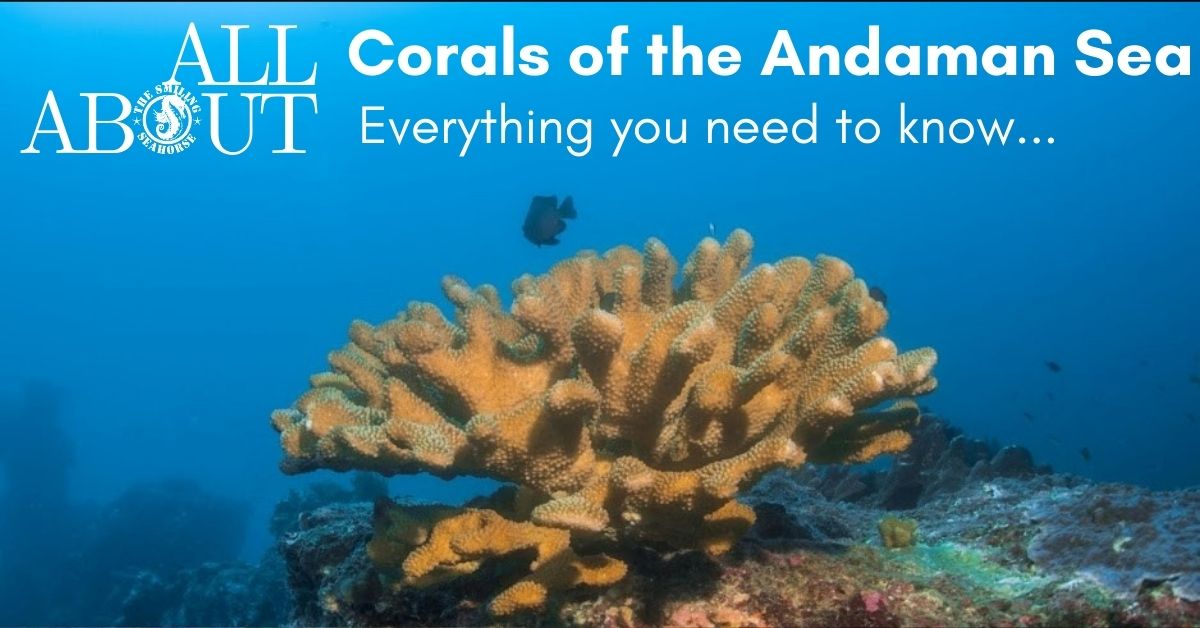
Do you know what corals are? How coral grows to form the coral reefs (Planet earth largest living structures) and why they are so important for our planet?
Contrary to common beliefs, corals are animals, not plants and surely neither rocks!
What you see above is actually a group of animal living under the same roof... developing over time like any living thing.
How do coral reefs form?
The successive budding of the polyps makes it possible to continuously enlarge the coral colony which, over time, forms the reefs. The reefs are therefore made up of colonies of polyp corals held together by calcium carbonates. Note that polyps alone could not live and reproduce without their symbiotic relationship with zooxanthellae algae. While the algae provides the animal with the necessary nutrients, the polyp releases carbon dioxide which allows the algae to develop and also to carry out photosynthesis which will give colour to corals in particular. |
But then, how to differentiate coral species?
| The magnificent colours of the corals that we, divers, are lucky enough to admire, their shape or even their size allow them to be distinguished in particular. Red, brown, yellow, green, blue, purple or even fluorescent ... the colour combinations of corals are infinite! Colours can often help divers distinguish one coral from another, but their shape is a better tell tail. There are two main types of corals: Hard coral and Soft Coral |
Hard coral species of the Andaman Sea
There are several categories of hard corals encountered in the Andaman Sea, each of these with many sub-categories and species.
Massive corals
Orange Cup coral
| Another nocturnal coral with fleshy appearance, the orange cup coral is indeed a hard coral. It is classified as ahermatypic, because it doesn't contribute to building the reef. In fact it is a pretty invasive specie which spread quickly favouring on rocky walls and chasing away sponges and hydroids. The polyps retract during the day and "blooms" at night covering the wall with beautiful yellow "flowers". Next time you see them, make sure to look closely for the pretty yellow snails that feed from them. | Cup corals are one of the most colourful hard coral specie on the Andaman Sea. |
Soft Corals species in the Andaman Sea
Carnation coralsCarnation corals are soft corals that love curants, their amazing vibrant colours make them some of the favorites for underwater photographers. Richelieu Rock is famous for the purple coloured carnation coral that covers the best dive site in Thailand. |
Seafans
Why are corals important?
1- coral feed small critters and fish that feed the bigger ones, no coral= no more fish!
2- 500 million people make a living from coral reefs: from fisheries to tourism
3- coral reefs can reduce waves by 95% and could save the coastline from the damaging effects of tsunamis and storms
4- Coral reefs are also the lung of our planet! Generating half of our planet's oxygen and absorbing about a third of the carbon dioxide generated from fossil fuels usage.
Coral reefs are in danger! Help us make them last longer!
| Coral reefs have already been reduced by more than 50% and our generation might be the last one to witness one of our planet's greatest treasure before it disappear. OUR ACTIONS now will determine if our children will see it too. The Smiling Seahorse is commited to ocean preservation, when you go diving, make sure to chose and eco friendly operator to reduce your ecological footprint. |
- to abides by Green fins principles
- to encourage environmentally responsible diving practices
- to reduce/ reuse/ recycle as much as we can, especially plastics
- to offer reef friendly amenities: such as our refillable organic, reef-safe Soap, Shampoo and hair conditioner.
- to ask all our employees to help in ocean conservation efforts
- To support marine science research and clean up projects

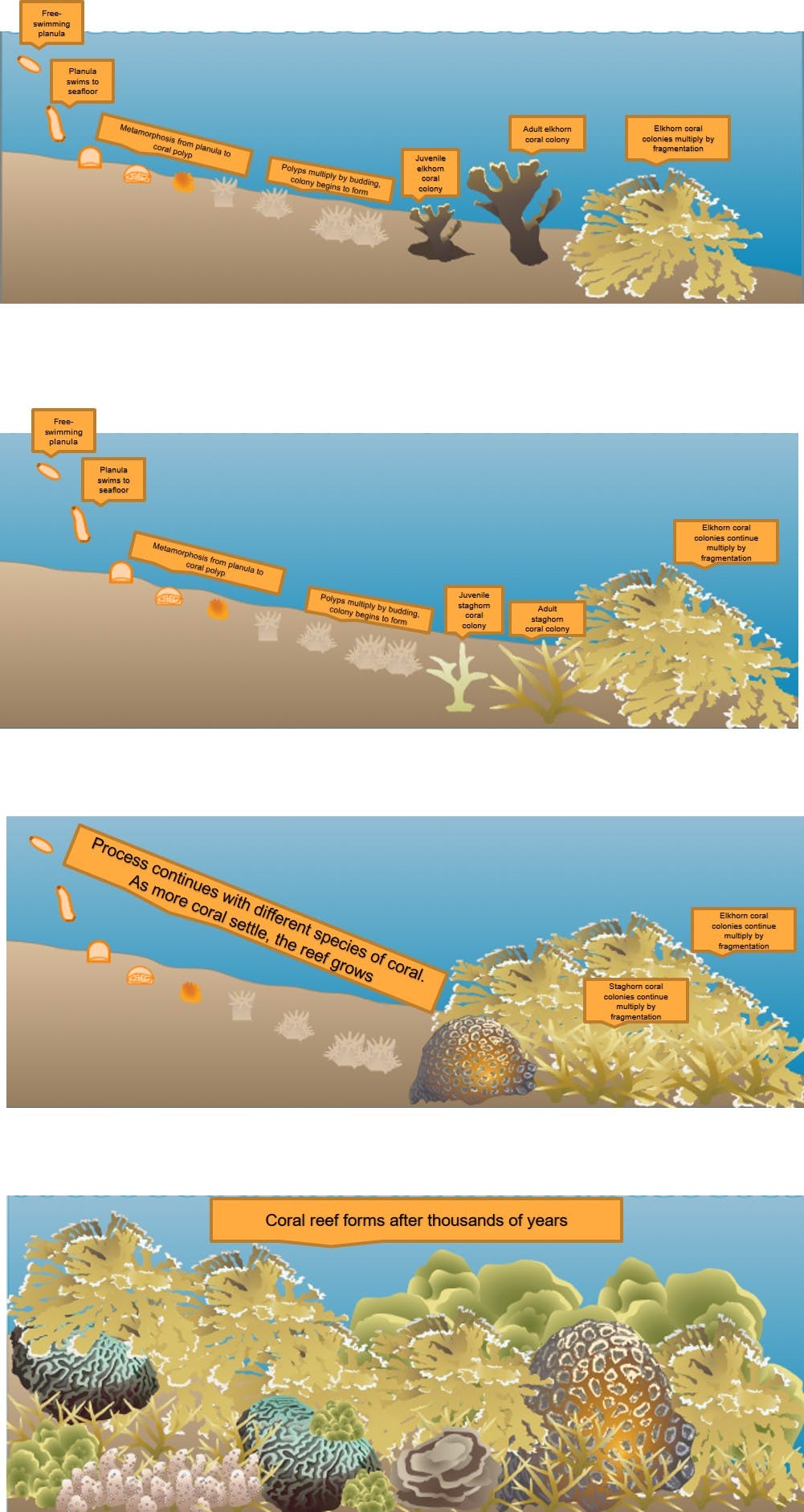
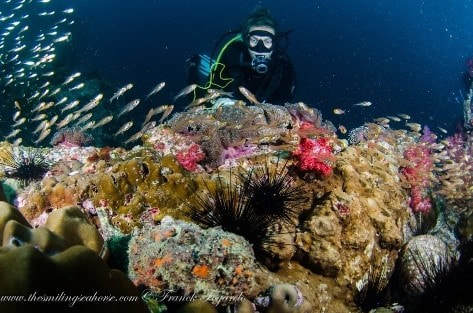
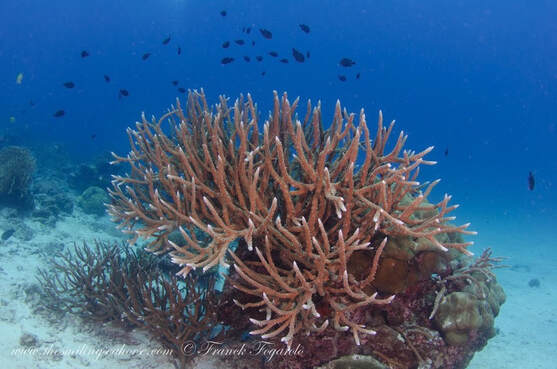
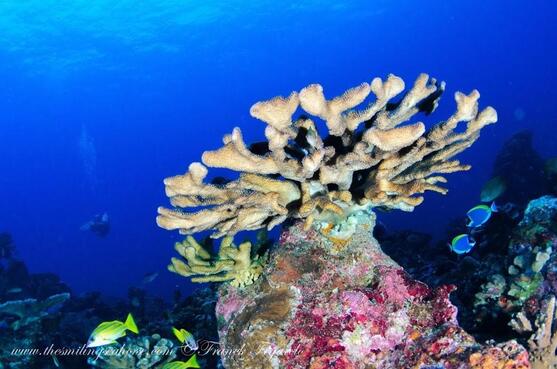
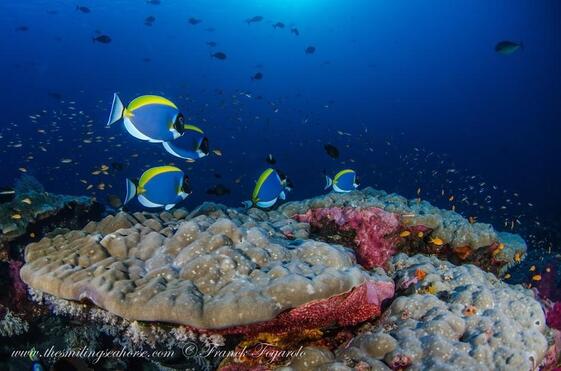
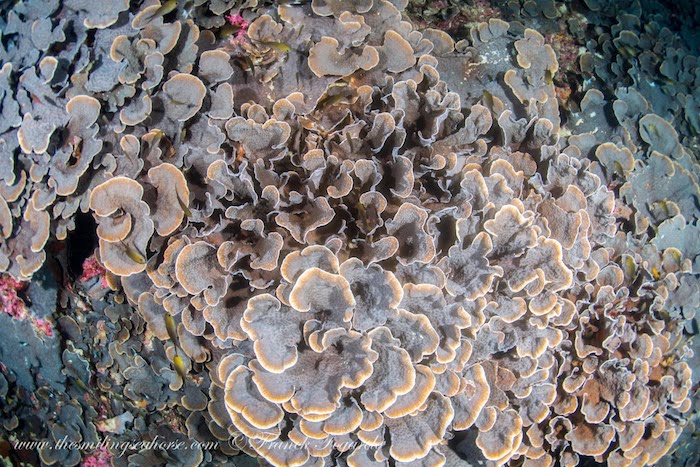
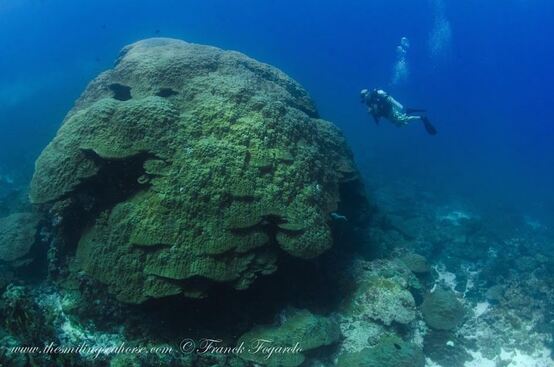
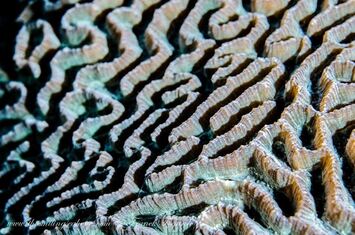
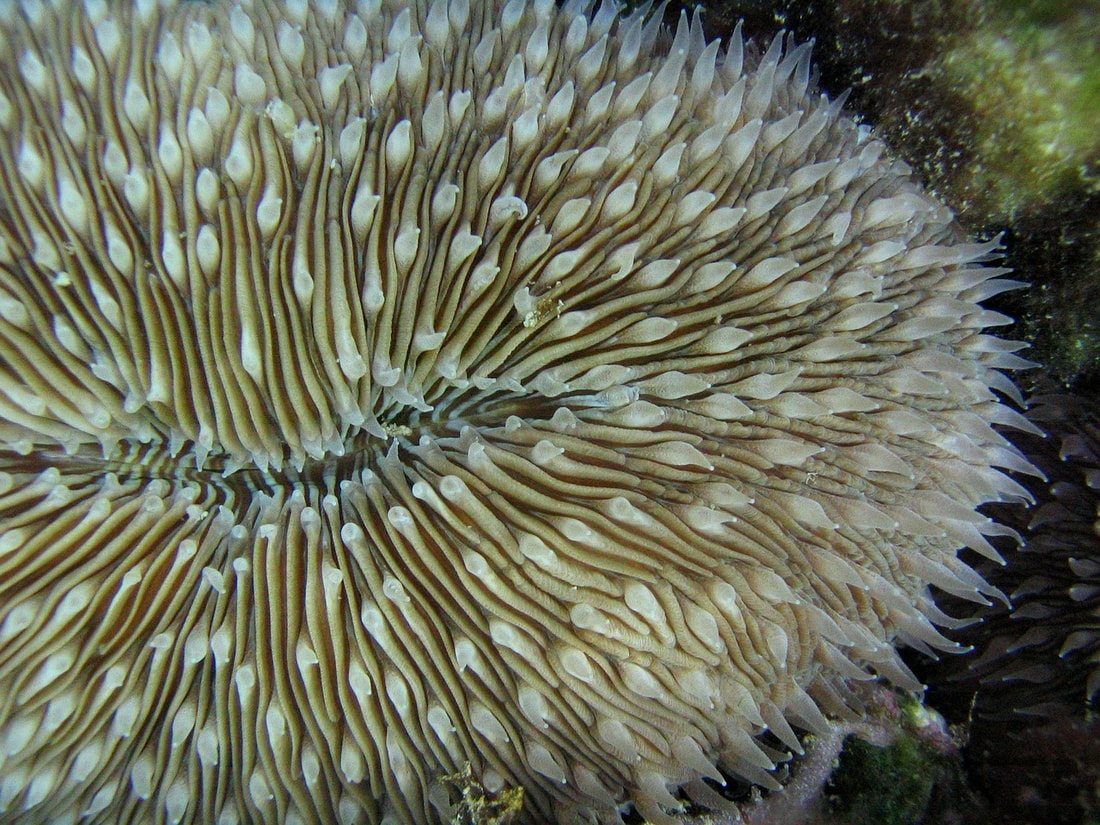
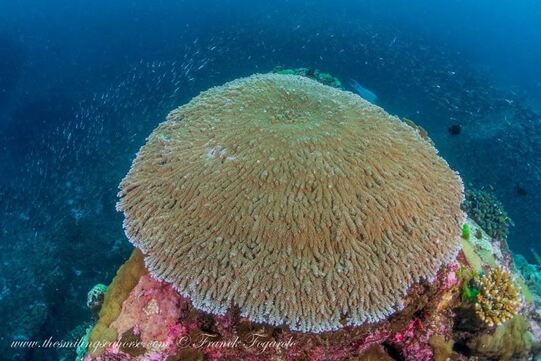
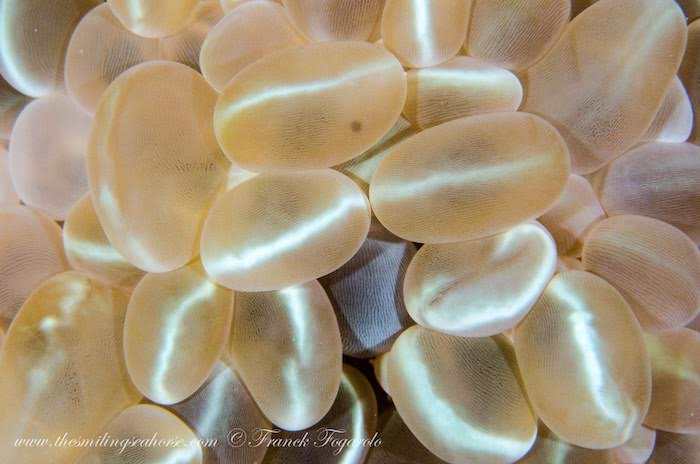
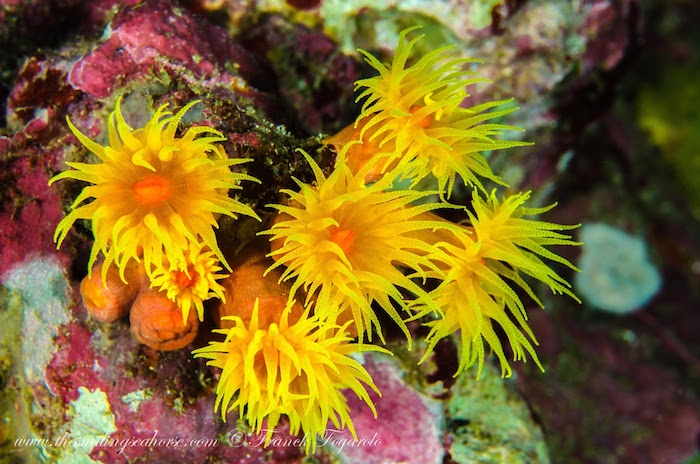
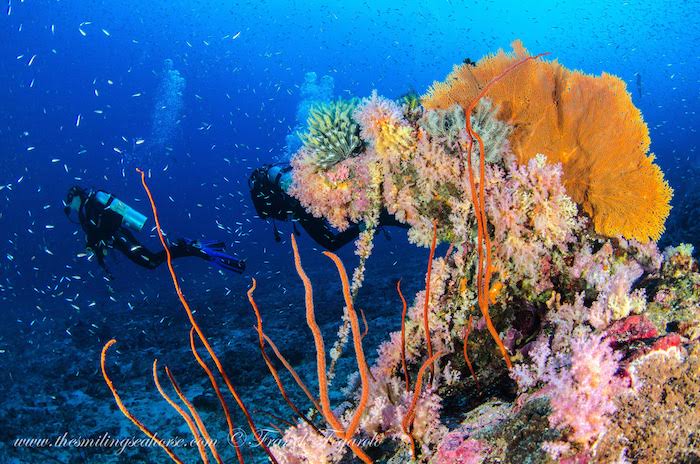
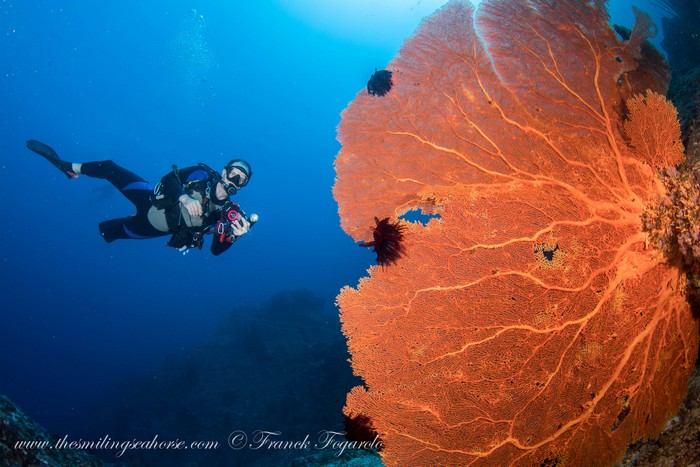
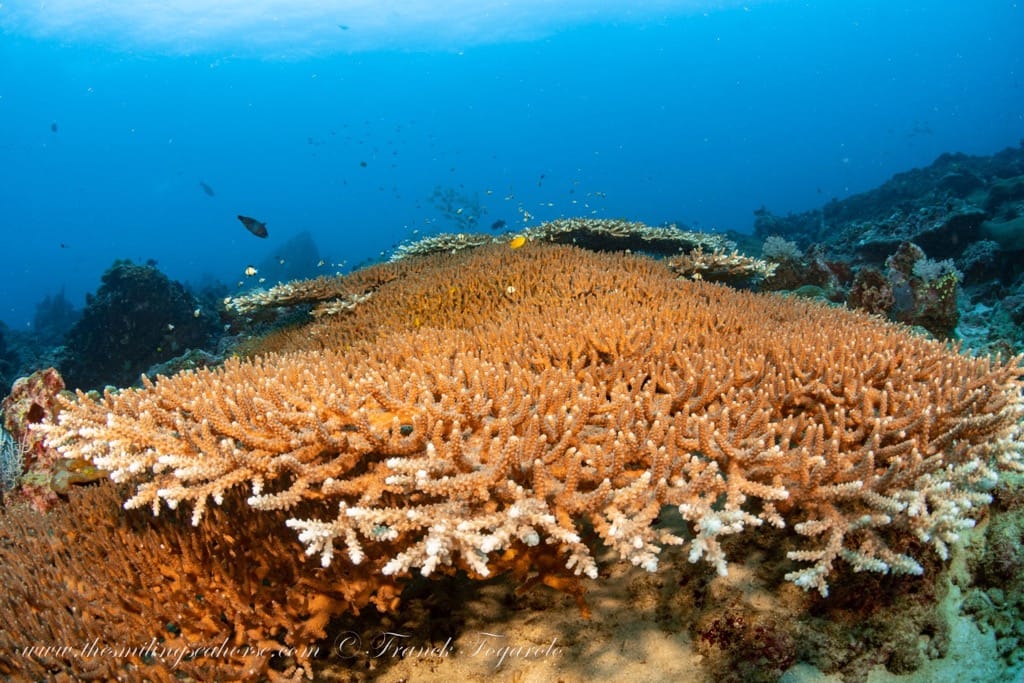
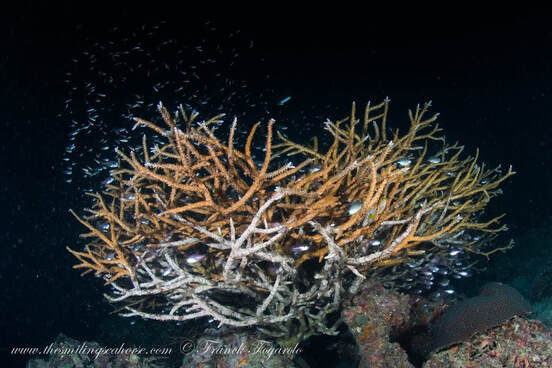
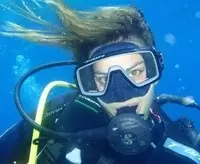

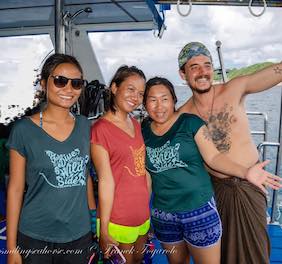
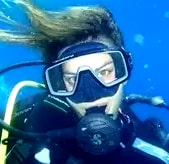
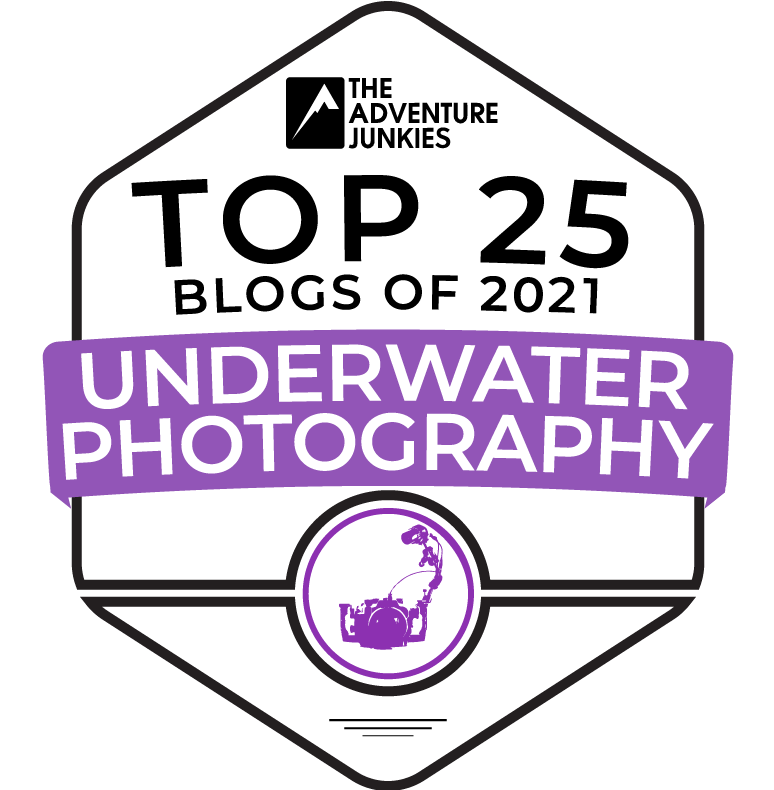
 RSS Feed
RSS Feed




